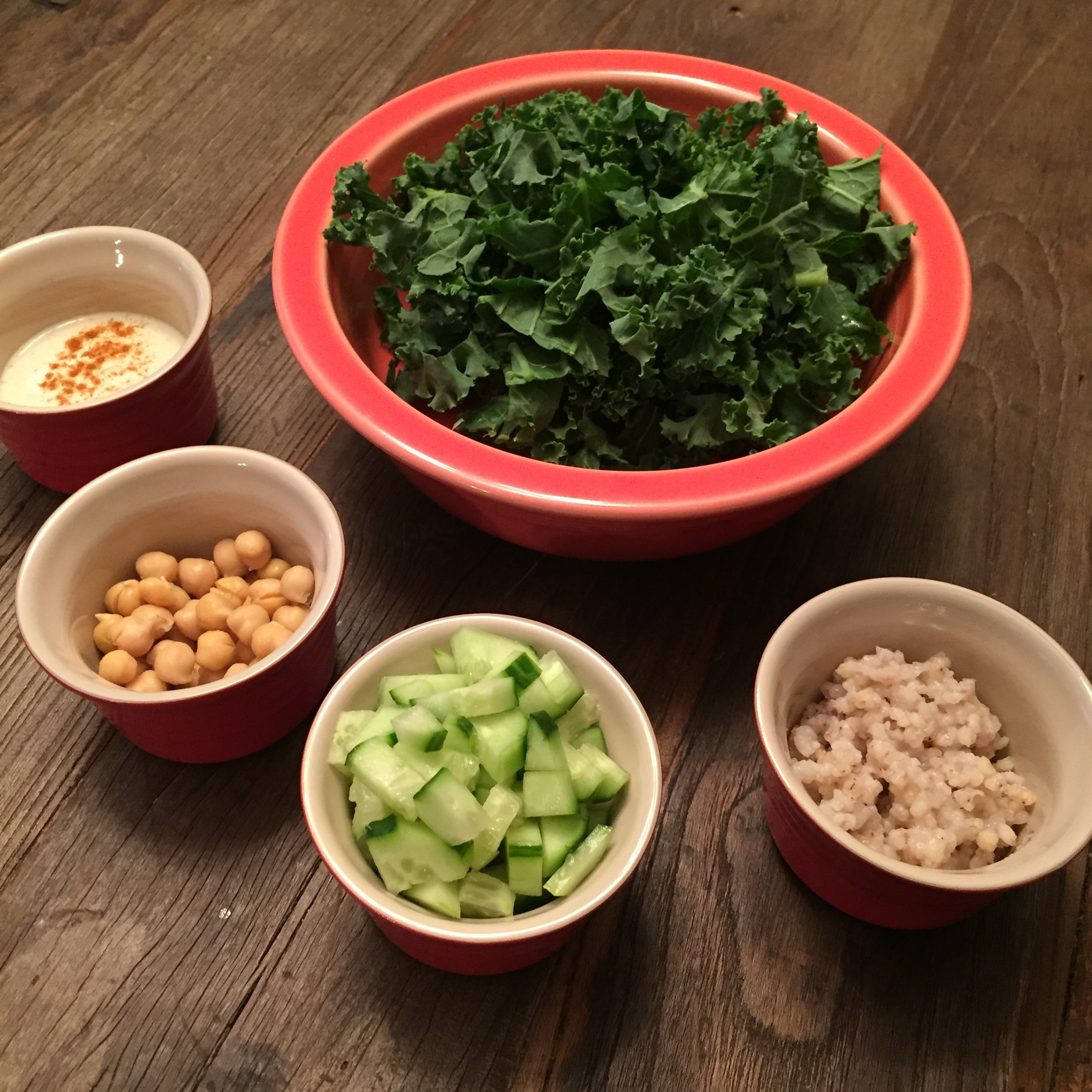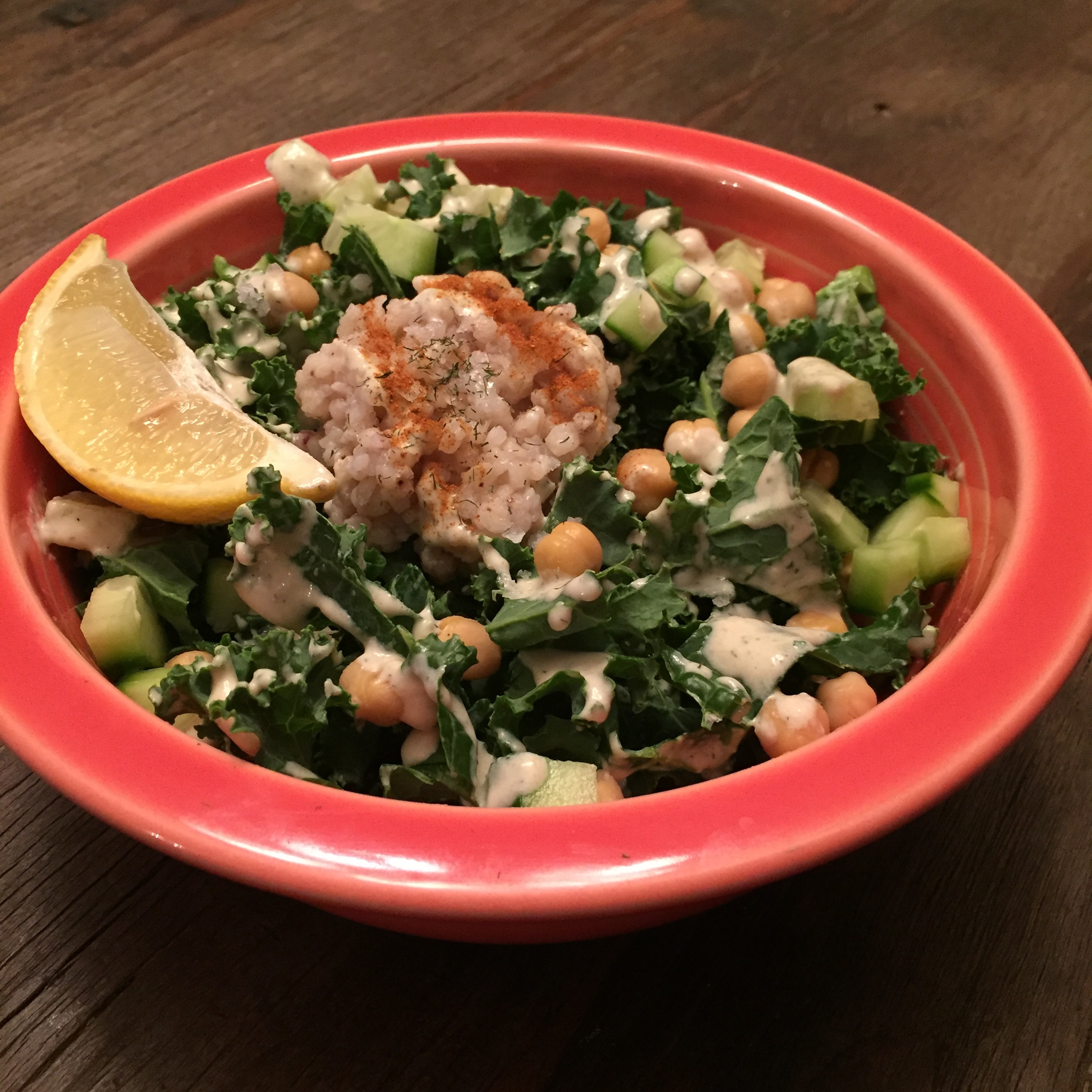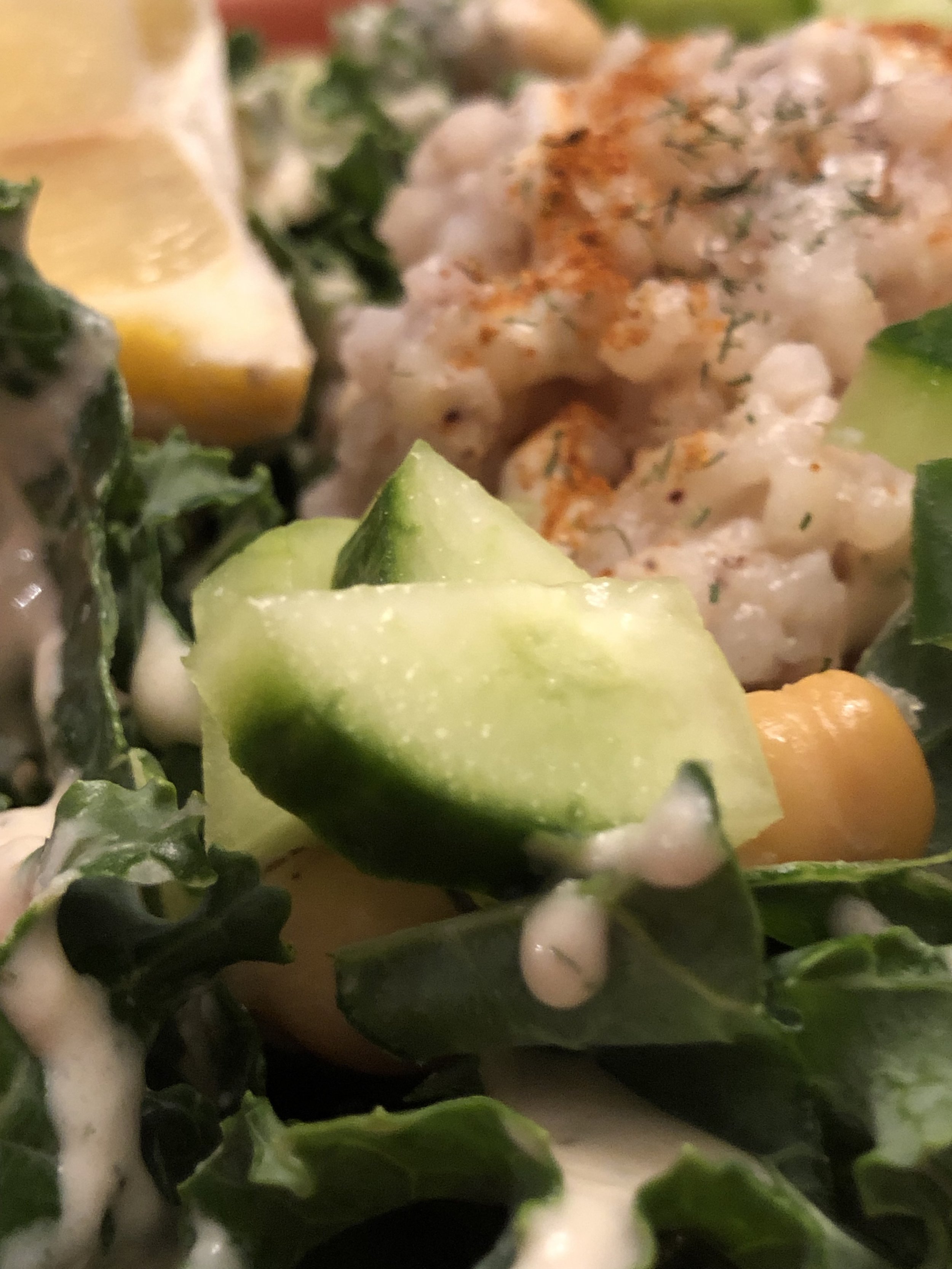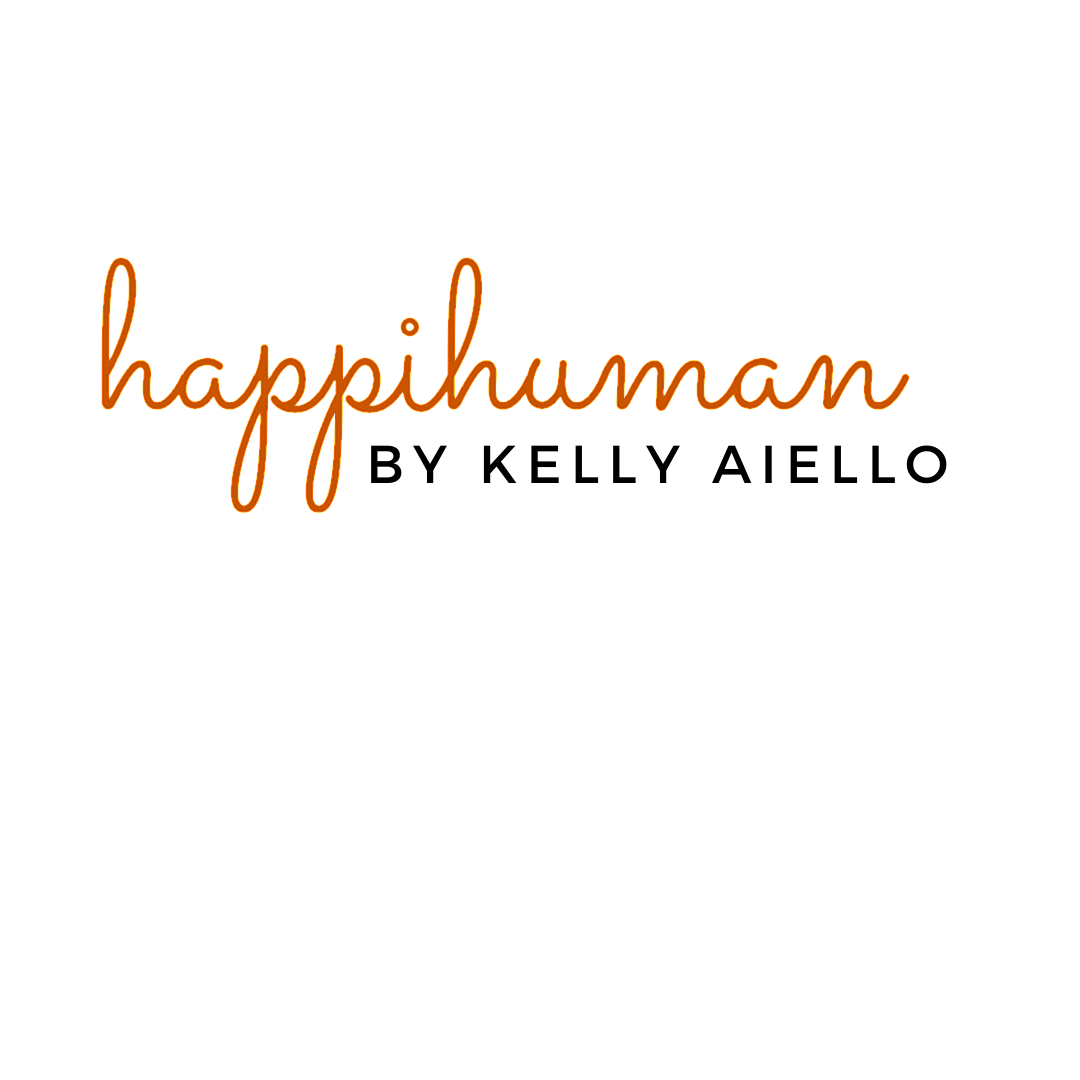Mood-Boosting Kale Cucumber Salad Recipe




It’s no secret that what we eat can affect the health of our bodies and brains.
It’s also no secret that certain foods can affect our mood.
High-carb foods like donuts, muffins, and granola bars work to make us feel better by boosting dopamine and acting on our brain’s pleasure centres. Unfortunately, getting such a ‘high’ from these foods is not the healthiest way to go.
Luckily, there are healthier alternatives that also work to boost our mood. If you missed it, read my post about 10 healthy foods that can positively impact your mood.
I’ve also taken a few of the foods I wrote about in that post and combined them into one healthy dish!
Give it a try - I’m sure you will find this plant-based and gluten-free recipe delicious, satisfying, and mood-enhancing! Great for lunch or dinner, it’s sure to please!
Kale Cucumber Salad
Makes 2 Servings | 10 Min. Prep | 0 Min Cooking
Ingredients:
Salad
4 cups kale
1 cup chickpeas or cooked beans (I used chickpeas)1 cup cooked quinoa or sorghum (I used sorghum)
1 cucumber, diced
Cucumber Dill Dressing
“Tip: Extra dressing can be stored in the fridge for a few days. What’s great about this salad is that it uses leftovers, it comes together rather quickly, and it’s packed with nutrients that stabilize your mood.”
½ cup tahini1 lemon, juiced
2 Tbsp dill
½ cup cucumber, chopped
1 green onion, chopped (optional)
1 tsp maple syrup
2 dashes sea salt
2 dashes black pepper
¼ tsp garlic, minced (optional)
Tools:
Mixing bowl
Blender or stick blender and mason jar
Measuring utensils
Method:
Divide salad ingredients evenly between two bowls.
Add all dressing ingredients into a blender and mix until creamy.
If using a stick blender, put dressing ingredients in a wide-mouthed mason jar and insert the stick blender , mixing until creamy.
If the dressing os too thick, add a little water, a tablespoon at a time, until desired thickness is reached.
Add dressing to salads and gently toss.
Serve & enjoy!
Why kale?
Kale is a dark green cruciferous vegetable that is commonly referred to as a “superfood." In fact, it is one of the most nutrient-dense foods in the world and contains many vitamins and minerals vital to brain and nervous system function. Among them are vitamin C, vitamin D, magnesium, and iron.
As an added bonus, if you struggle with short-term memory issues, the vitamin K that’s abundant in kale can help improve your verbal memory!
It’s high magnesium concentration works to improve depression while the dark green chlorophyll compounds help to lower inflammation.
“One word of caution when choosing cruciferous vegetables like kale is that they contain goitrogens. For many people, this doesn’t pose a problem. However, if your thyroid happens to be a little slow, cruciferous vegetables should be cooked not eaten raw. The cooking process destroys harmful goitrogens that can harm your thyroid. ”
Why sorghum or quinoa?
I used an ancient gluten-free grain called sorghum in my salad, but you could easily use any left over starchy grain that may be your fridge like quinoa or brown rice.
The complex carbs in these foods are considered smart carbs, as the energy they provide is slowly released into our bodies. This helps maintain steady blood sugar levels and provides sustained energy. For those suffering from depression or fatigue, or if you are feeling a little irritable, these types of smart carbs can help.
In fact, people prone to depression, low moods, or anxiety should stay away from low-carb eating styles, as they can become even more irritable, anxious, or depressed. So if you are feeling down or need a little more energy, add more smart carbs to your day.
Why chickpeas or beans?
Chickpeas and (white) beans are a great addition to this salad as they provide another nutrient-dense form of complex carbohydrate as well as a little plant-based protein. Protein is important for energy production and tissue repair, as well as for moods.
Beans contain an amino acid called tryptophan. Tryptophan is a building block of protein that also affects neurotransmitters in the brain. As more of it enters the brain, more serotonin, the neurotransmitter that boosts mood, is produced.
Natural Mood Enhancers Don't Have to Be Unhealthy
Though unhealthy foods and refined carbohydrates do provide a rush of good feelings, they aren't the only foods that benefit our mood.
Stick with healthy, nutrient-dense sources of carbohydrates, protein, and healthy fats instead. Ditch the sugar rush (and subsequent crash), and opt for whole foods that do an even better job of stabilizing moods instead.
I do hope you give my Kale Cucumber Salad a try - it’s amazing! Plus, if you want to kick it up another notch, you could add some nutrient-dense almonds or a piece of wild Alaskan salmon for added omega 3 fatty acids.
Another great addition would be wild blueberries - they are loaded with antioxidants that also have a positive effect on brain function.
Feeding your brain does not need to consist of quick sugars or refined carbohydrates. If you’d like more help determining the right foods to feed your brain, let me know. I can help.
As always, I welcome your thoughts. Let me know what you think of this simple mood-boosting salad by commenting below or dropping me a line. I look forward to hearing from you!

